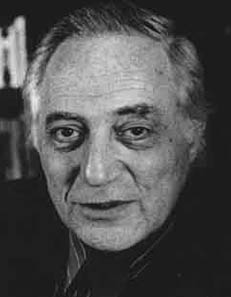Documentary on Film Openings
We watched a documentary on film openings. This documentary outlined why a good effective film opening is vital to grabbing the audience’s attention. This point is emphasized by the view of Thomas Sutcliffe as he says ‘Films need to seduce their audience into long term commitment. While there are many types of seduction, the temptation to go for instant arousal is almost irresistible’. Sutcliffe is saying if you grab the attention of the audience quickly and get them really excited they are likely to eager to watch the rest of the film and have an immediate interest. A failure to do this could make them lose interest and therefore the first couple of minutes are vital to the success and enjoyment of the film by the audience. Nevertheless if too much information is given to the audience then the rest of the film could be predictable, consequently it’s equally important not to reveal too much but enough to instantly build suspense and excitement.
Director Jean Jacques Beineix believes there are risks with ‘instant arousal’. He argues if too much is revealed at the start of the film the audience may lose interest as there may not be as many exciting, dramatic scenes later on if the main scenes are introduced so early. ‘A good beginning must make the audience feel that it doesn’t know nearly enough yet, and at the same time make sure it doesn’t know too little’. At the start of the film the audience are just developing an interest in the film and understand the characters, therefore as they are still learning about the film he says they should be teased to allow them to engage more with the film when they are given intriguing teases.
Critic Stanley Kauffman says a classic opening is one that starts with an establishing shot. For example a shot of London city, then zoom into a close up of a building, and then a zoom shot of inside the building, then a shot of the main character at the reception of the building. The effect of this is that it creates a sense of normality. This type of opening doesn’t give too much or too little away about the film.
Kyle Cooper’s title sequence to the film Se7en is effective because it doesn’t give too much away about the film but is still interesting and engages well with the audience. Immediately we see parts in the sequences which raise questions. For example the man uses a razor to cut the skin on the top of his fingers; this could be to take off his fingerprints. If so this raises the question why does he need to remove fingerprint? What has he done?
Orson Welles would have preferred for his film to go immediately into action rather than show credits, however Universal studios disagreed and they added the credits. This was risky and some people believe it damaged the film, and that the original idea should have been continued. (A Touch of Evil)
The ‘favourite trick of Film Noir’ is that they started the film from the ending. The effect of this is that it immediately gets the attention of the audience and maintains high concentration as they need to the pervious events leading up to ending. This is helpful to the audience as they get to understand the storyline more at the end when they have seen the entire ending first, as they see exactly how it all started, so it’s a unique thing to do, as it maintains suspense throughout as the audience don’t know the pervious events.
‘The shining’ is effective in creating suspense with the use of camera movement. There is a shot of the car moving into a lonely space, and the camera follows the car as if it is spying or hunting the car like predators. The isolated environment the cars in indicates that it sunder threat or vulnerable.



Se7en opening credits
The Shining opening credits
A touch of evil opening credits



No comments:
Post a Comment